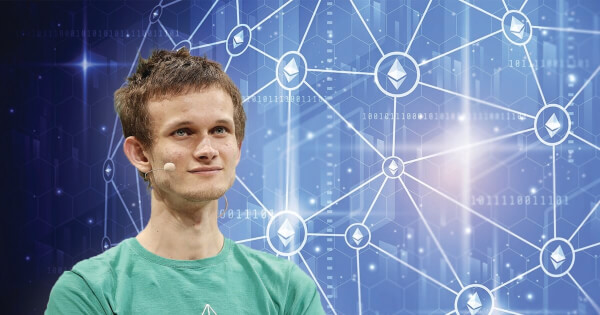Blockchain
Exploring Ethereum Layer 2: Cultural Extensions and Their Impact

According to a recent post by Vitalik Buterin, co-founder of Ethereum, the cultural dynamics of Layer 2 (L2) solutions are as significant as their technical attributes. Buterin argues that while the technical differences between Level 1 and Level 2 scaling are important, organizational and cultural differences play a crucial role in shaping the ecosystem.
Layer 2 and cultural pluralism
In his analysis, Buterin highlights that Ethereum’s layer 2-focused ecosystem fosters a pluralistic environment. This approach allows a multitude of technological and cultural innovations to coexist and thrive. Level 2 solutions are not only about technological improvements but also about creating sub-ecosystems with unique cultural characteristics and identities.
The Impact of Culture on Blockchain Ecosystems
Buterin notes that blockchains not only allow for technical compromises, but also develop distinct cultures. He gives the example of Ethereum and Ethereum Classic, which diverged not only technologically but also culturally. This divergence has led to distinct user bases, technology stacks, and focuses over the years.
He argues that culture influences various aspects of a blockchain ecosystem, including:
- The types of changes made to the protocol
- Openness and decentralization
- Attract high-quality developers and researchers
- Attract users and gain public legitimacy
Buterin emphasizes that maintaining a decentralized, open, and innovative ecosystem requires a culture that values these attributes.
Ethereum subcultures
Paul Dylan-Ennis, a researcher, has identified three main subcultures within Ethereum:
- Cypherpunk: Focused on open source development with a do-it-yourself attitude, this group builds infrastructure and tools without dictating their use.
- Regens: Engaged in regenerative approaches and governance experiments, this subculture engages in building technologies for public goods.
- Degenerate: Driven by speculation and wealth accumulation, this group focuses on trends and hype.
These subcultures have their own playgrounds within Ethereum, allowing them to engage in meaningful actions and contribute to the diversity of the ecosystem.
Layer 2 as cultural extensions
Buterin assumes that Level 2 solutions provide fertile ground for these subcultures to thrive. Level 2s can attract different types of participants, emphasize different values, and undertake user outreach activities to grow their communities. Examples included:
- Polygon partnerships with traditional companies
- Optimism focuses on retroactive financing and governance of public goods
- Arbitrum’s emphasis on high-quality development tools
Each Layer 2 solution within Ethereum has a unique cultural identity, which contributes to the overall diversity and resilience of the ecosystem.
Challenges and path forward
While the layer 2-focused approach offers numerous benefits, it also faces challenges. Potential pitfalls include the risk of echo chambers, monoculture and misaligned incentives. Buterin suggests that creating better ecosystem-level incentives for collaboration and exploring ideas like a “Basic Infrastructure Guild” could help mitigate these problems.
In conclusion, Buterin’s insights highlight the importance of cultural dynamics in the evolution of Ethereum Layer 2 solutions. As the ecosystem continues to grow, fostering a diverse and inclusive cultural landscape will be critical to its long-term success.
Image source: Shutterstock
. . .
